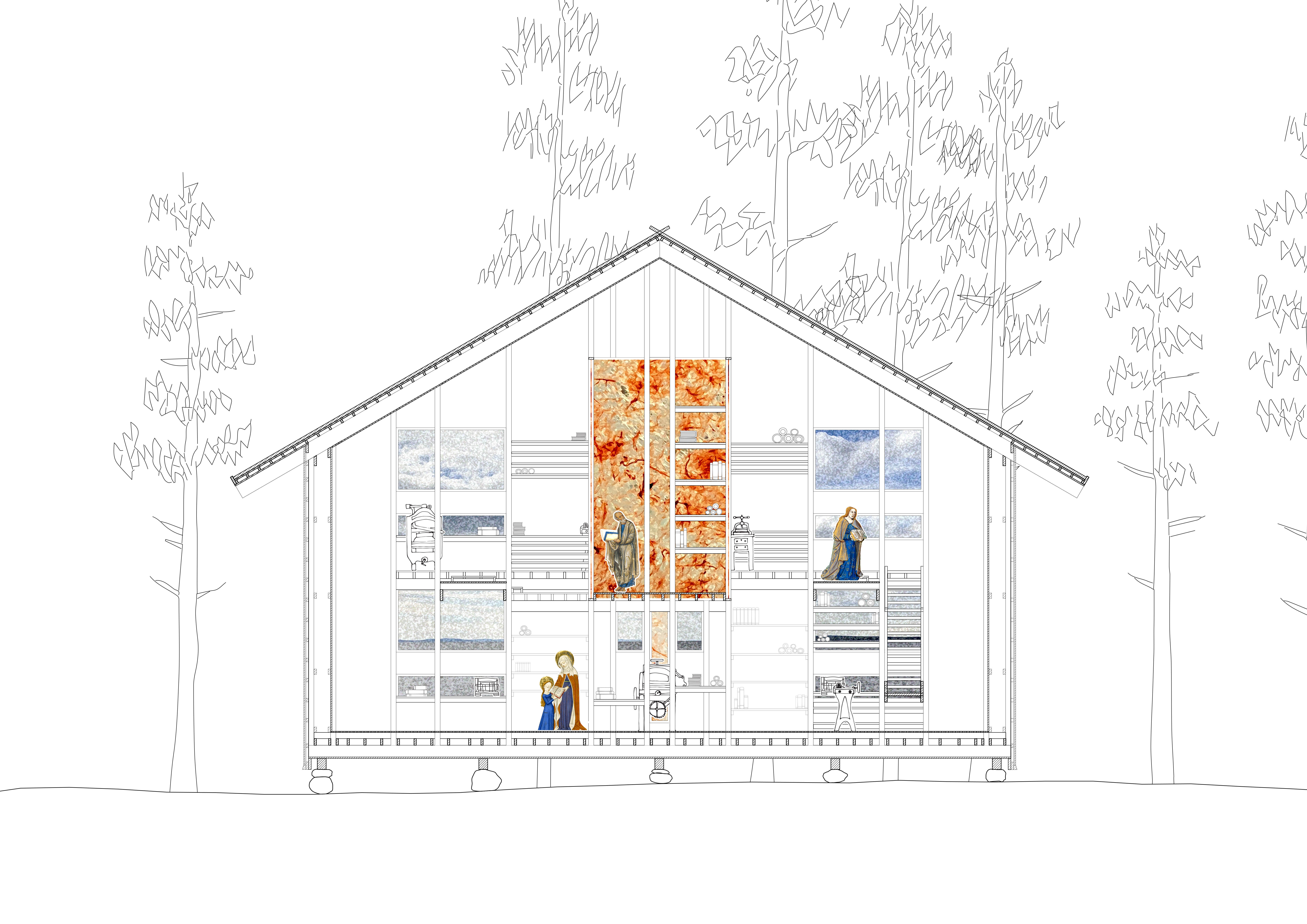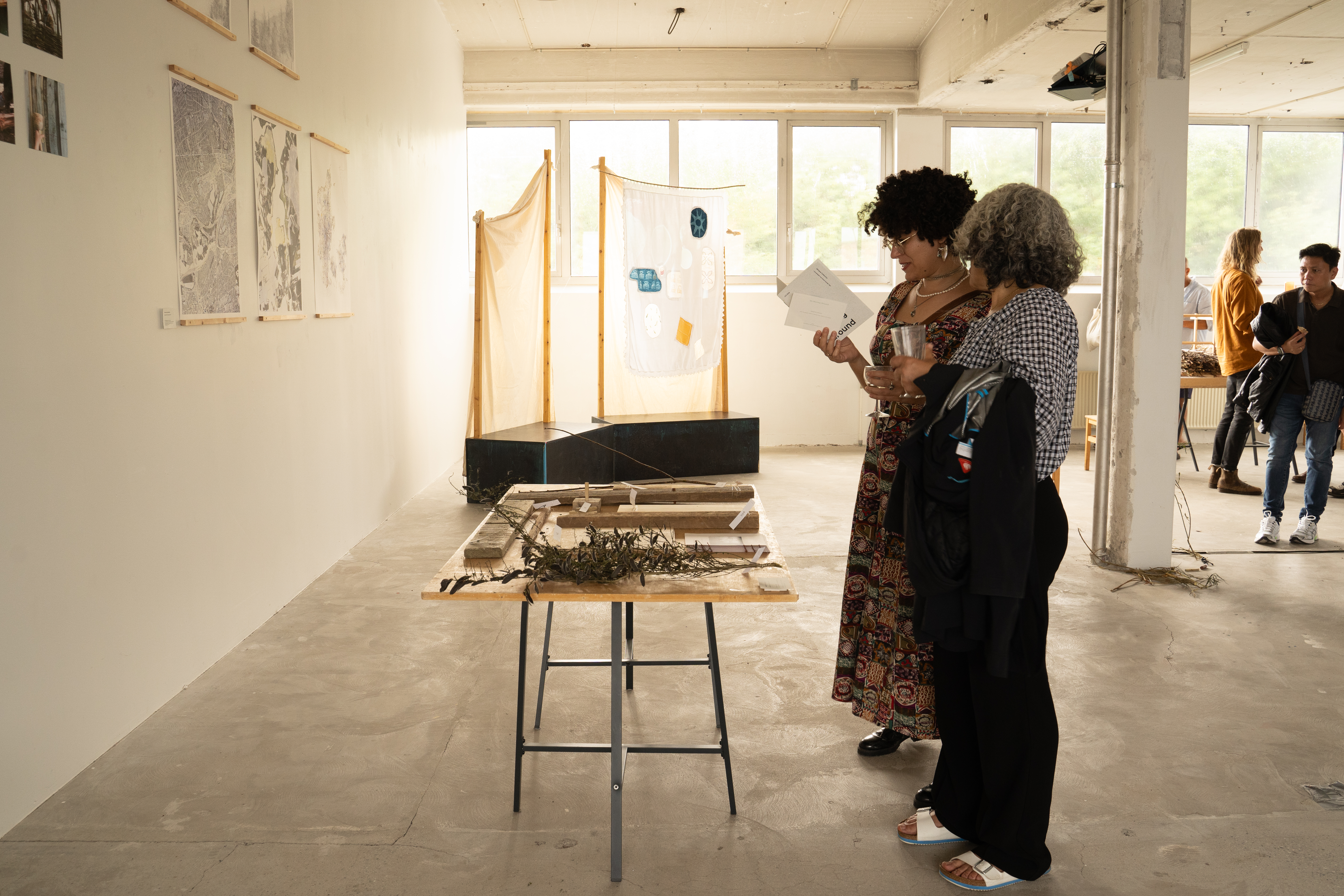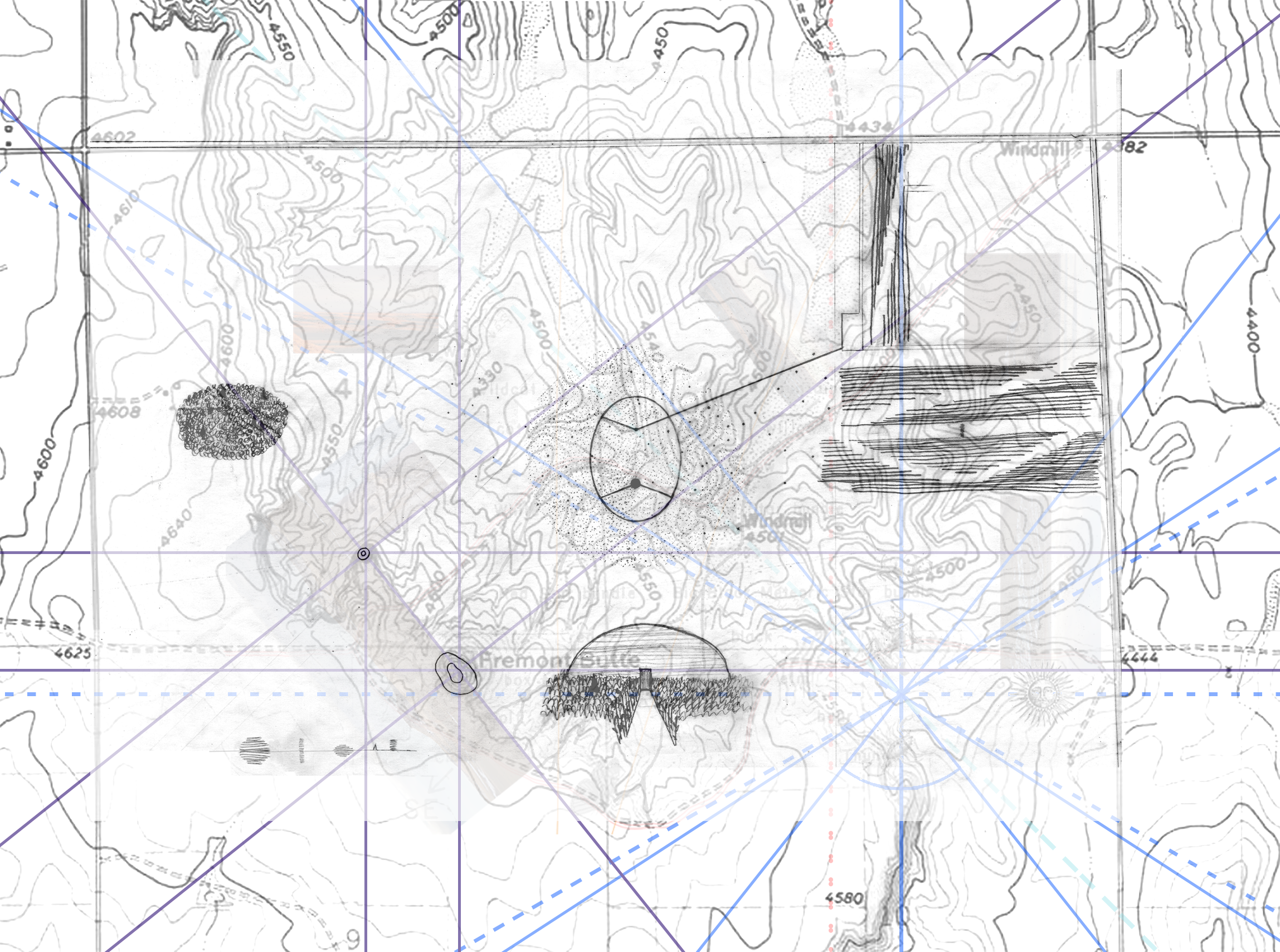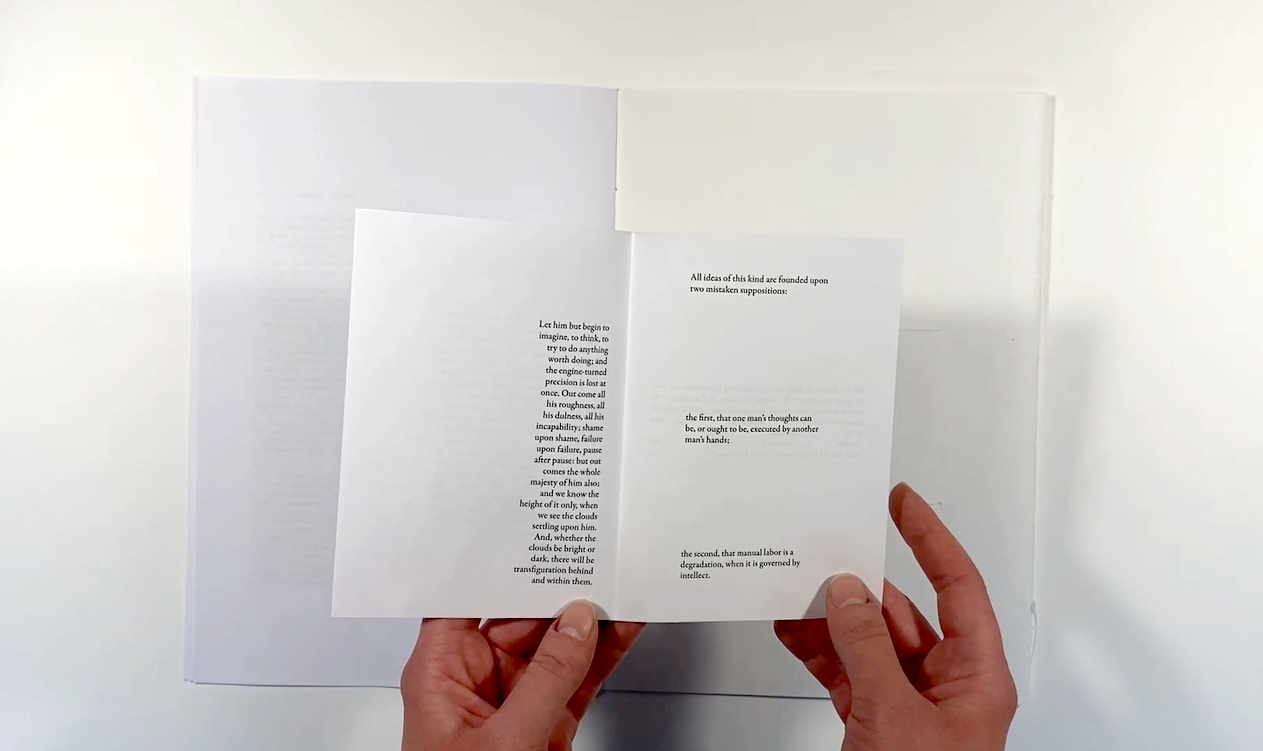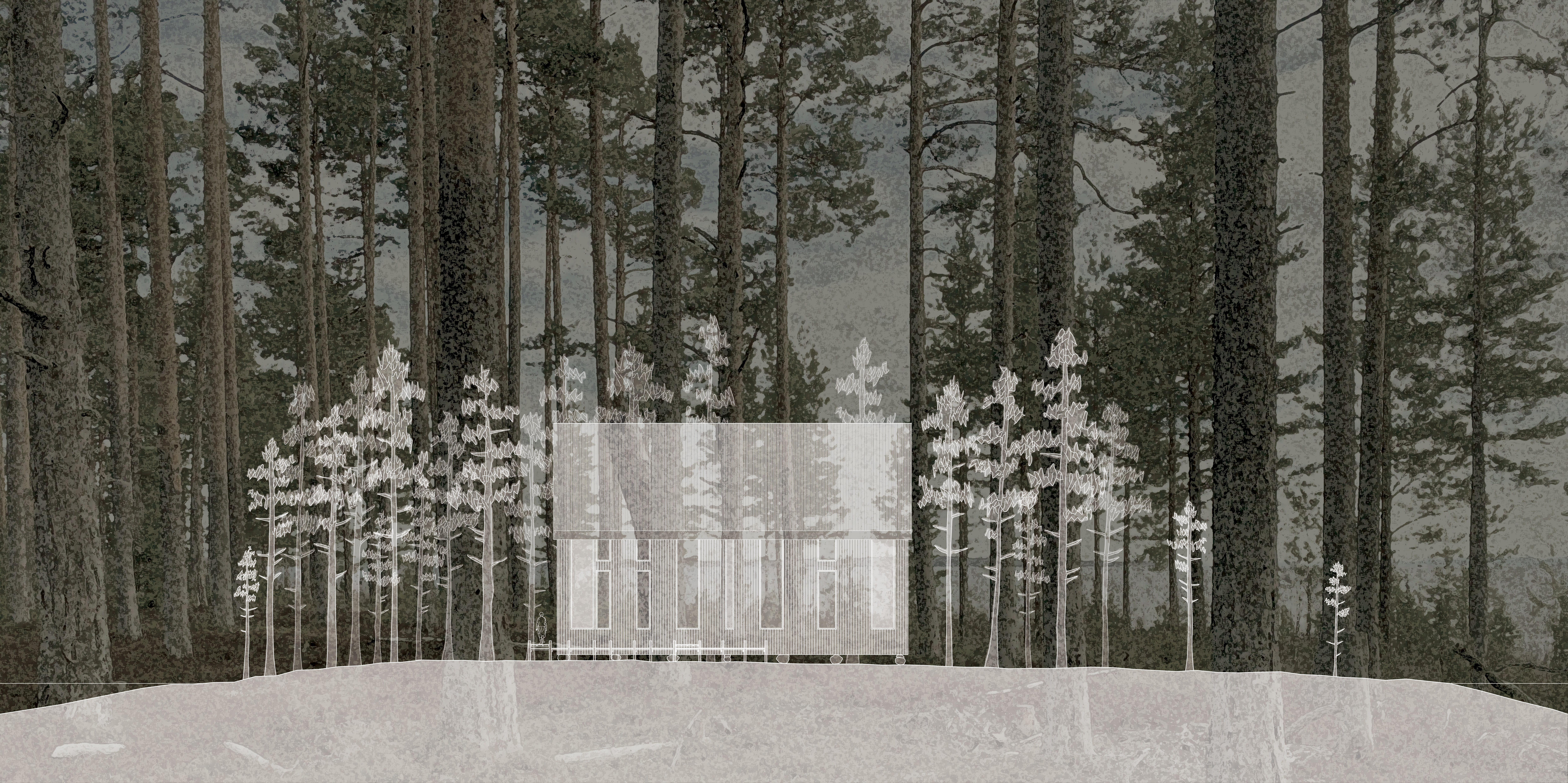
Library in the Making
Crafting a Space for the Cultivation of Bookbinding
Tällberg, Sweden
Master’s (Syn)thesis
A bookbindery sits on an island off the coast of Siljan lake in Sweden, a place for gathering the knowledge, materials, and crafts that bridge between book and building. Books and architecture both stand as age-old manifestations of memory, aggregating and holding pieces of the collective consciousness to become contextual time capsules. Their interconnectedness is emphasized through architecture’s capacity to hold books physically, and through books’ capacity to hold architecture within two-dimensional representations.
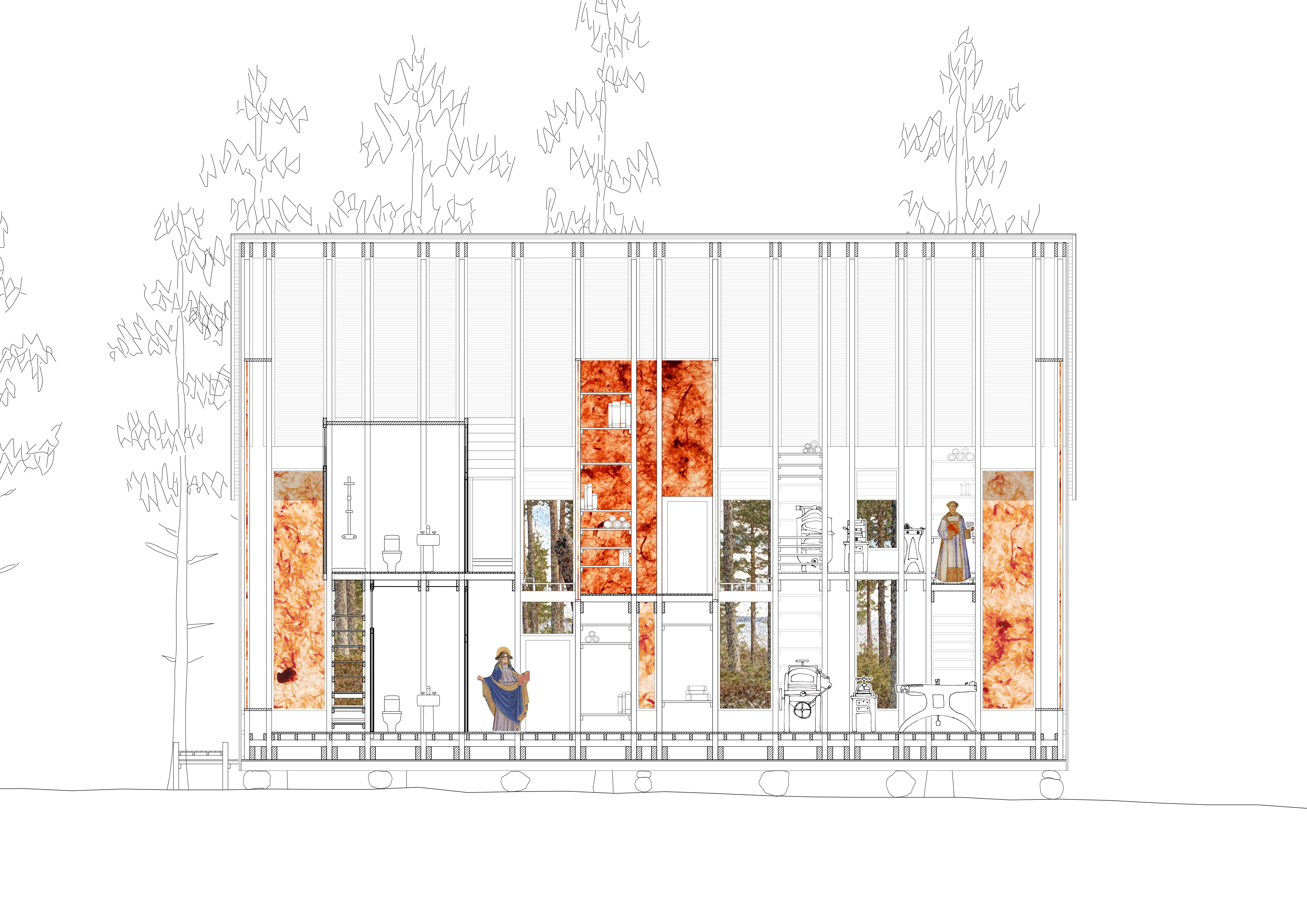

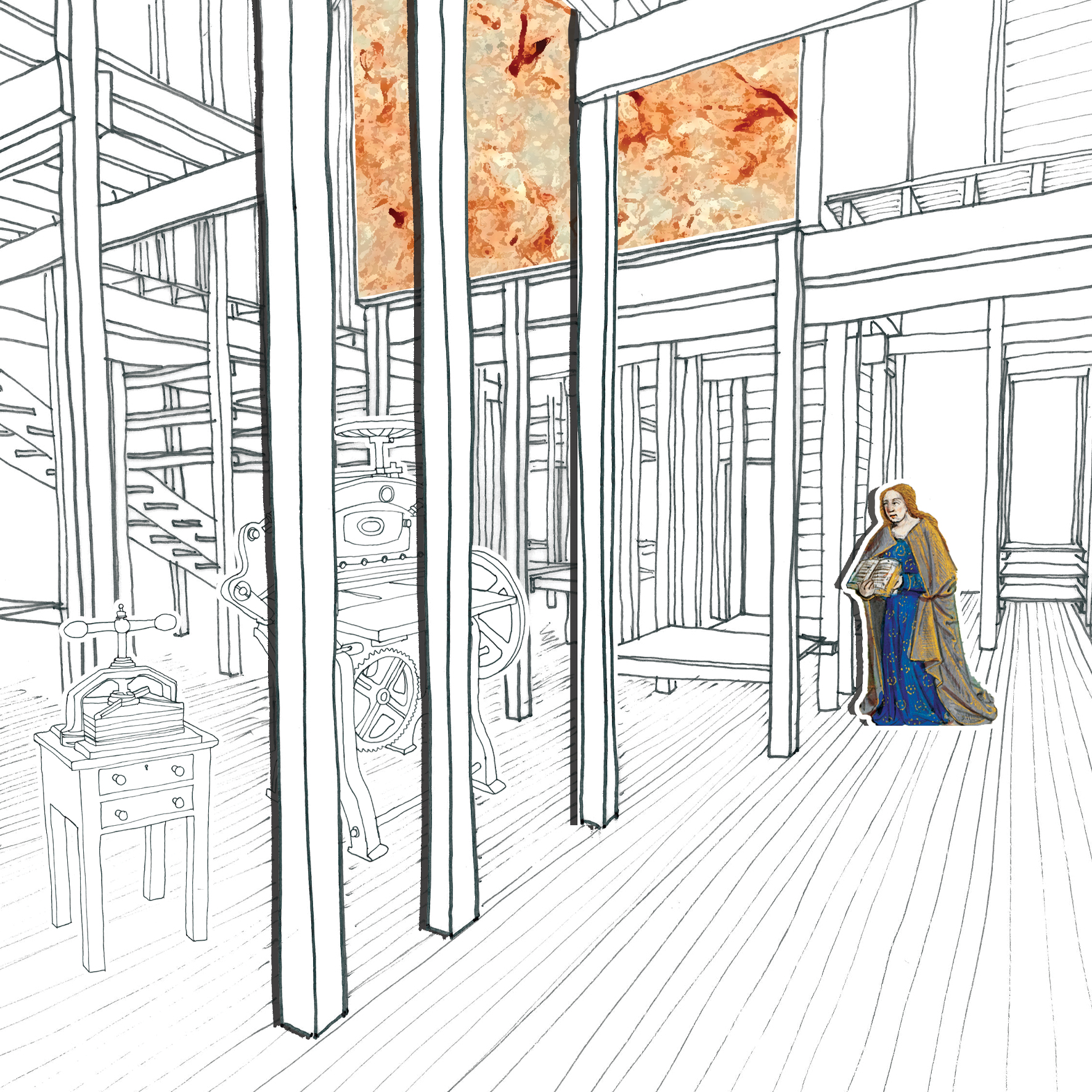

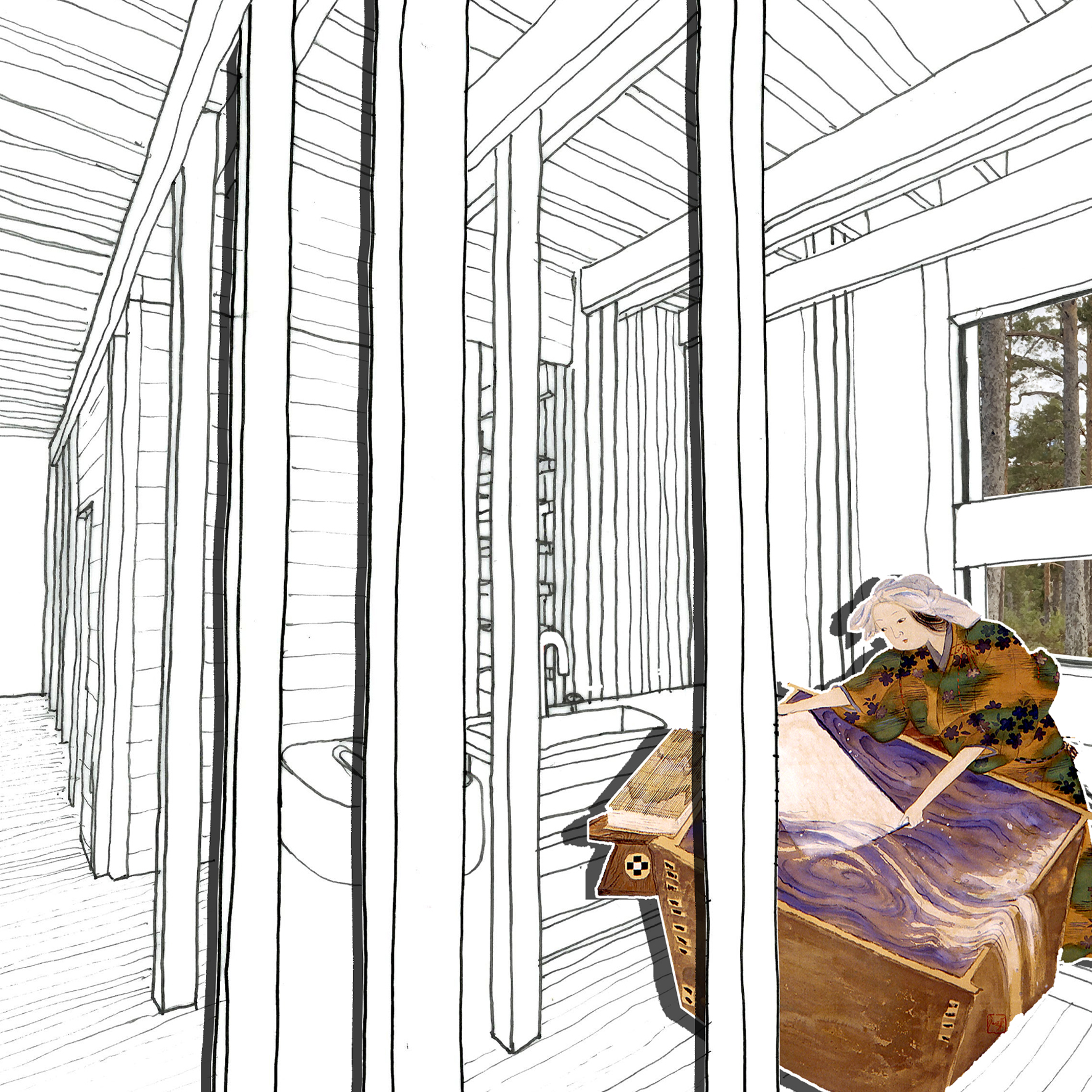

The bookbindery serves as the point of convergence between these connections, imagining a space for the binding of books and the holding of artifacts, while the
design methodology explores alternative modes of representation through bookbinding experiments. Book and building are thus bound through the development of the project, as well as the materials, tectonics, and atmosphere of the space. The final drawings are housed in a tome that brings the reader into direct physical contact with the project, linking the experiential values of the building into the materials and tactility of the book.
The bindery centers around the ritual of the bookbinding practice. The spaces establish the process that takes a book from raw materials to a finished product, and beyond that into its preservation for the future.
The aumbry, a sacred chamber housing the most precious books of the bookbinder, sits at the center of the bindery, surrounded by translucent glass treated with bast fibers. This space accumulates the work of the bookbinder in a physical manifestation of the time, effort, and technique of the craft, not only the contents of the tomes but the physical objects themselves embodying this knowledge.
The aumbry, a sacred chamber housing the most precious books of the bookbinder, sits at the center of the bindery, surrounded by translucent glass treated with bast fibers. This space accumulates the work of the bookbinder in a physical manifestation of the time, effort, and technique of the craft, not only the contents of the tomes but the physical objects themselves embodying this knowledge.
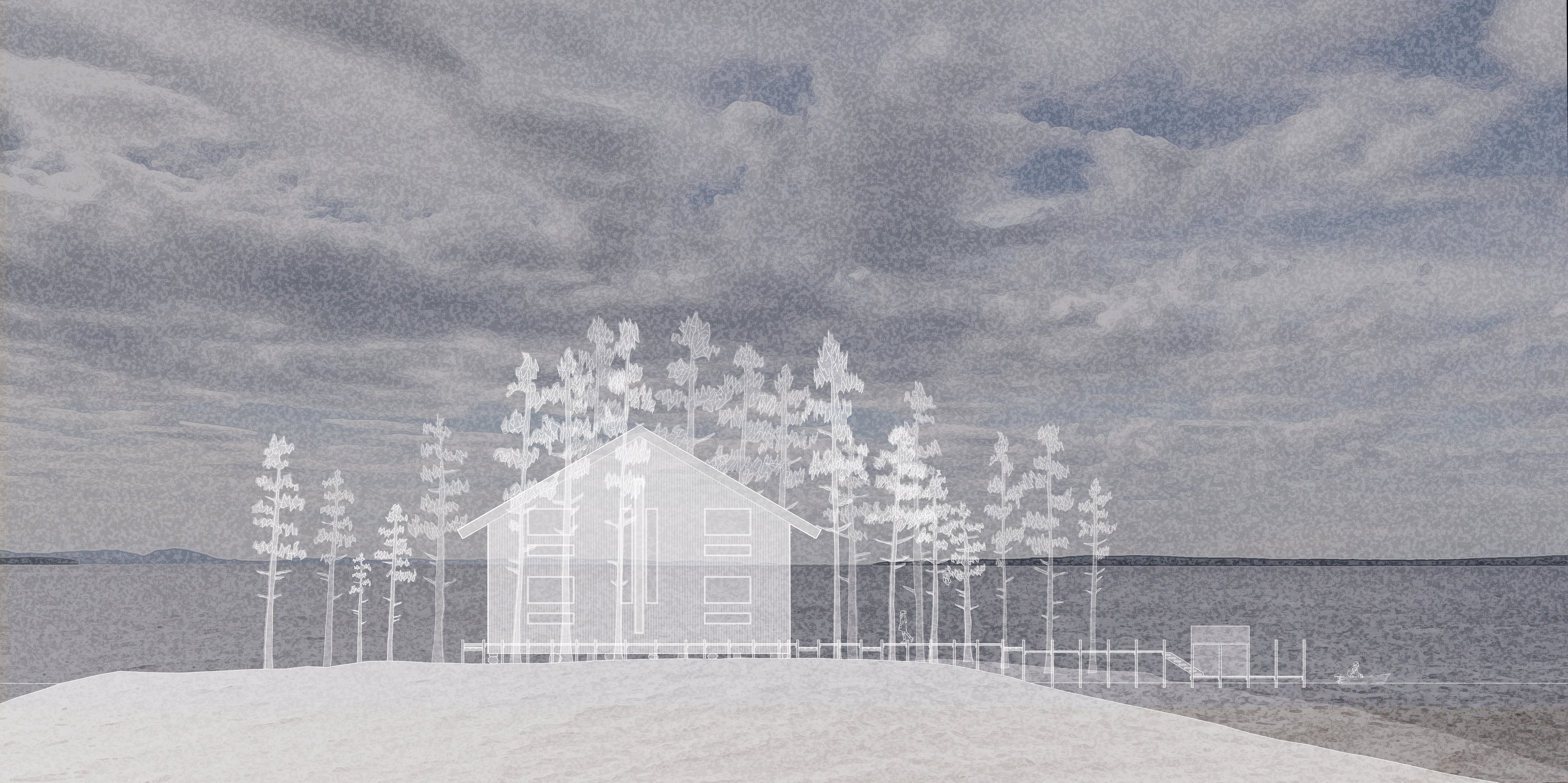


Material testing for the project took shape as the harvesting and processing of tree bark into pulp from which to make paper. Bark from stripped red spruce trees was sorted through to select the bast fibers and soaked in water to make the separation of the outer bark easier. Paper can be made from these inner fibers of the bark, also known as the “liber.” The root word of library is the latin liber, tying the idea of the physical library and its contents to the material memory of paper and its source: trees.
![]()
![]()
![]()



The final step in the thesis was to craft the book. As this project sought to bridge book and building, the representation of the bindery through a physical tome is the culmination of the semester’s work. The reading of the book connects the reader to the building, pulling them through the story of the work and intimately communicating the core ideas. Physical bookbinding tests throughout the semester led to a book format that allows the shifting of a pages order and encourages interaction with the work throught the unfolding and turning of pages.




